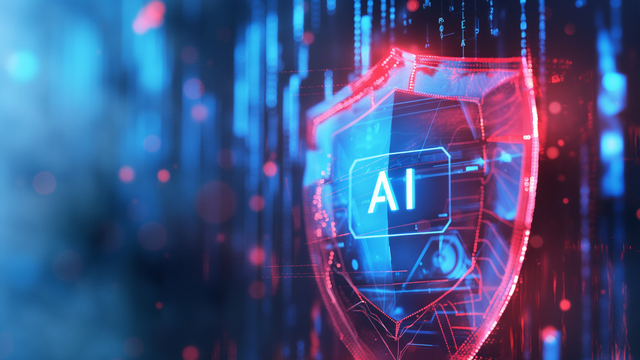In an era where cyber adversaries are targeting both digital and physical operations, the stakes have never been higher for critical infrastructure organizations. Gone are the days when Information Technology (IT) and Operational Technology (OT) could be managed independently. The integration of new technologies—specifically automation, digitization, and connectivity—has expanded vulnerabilities for cybercriminals to exploit, blurring the lines between IT and OT.
This new threat landscape requires a fresh approach to cybersecurity—one that focuses not just on prevention, but on minimizing the consequences of inevitable attacks. Black & Veatch has pioneered the Cyber Asset Lifecycle Management (CALM) solution—comprehensive services that empower Chief Information Security Officers (CISOs) and other cybersecurity executives to safeguard operations and reduce the fallout from attacks.
What is Consequence-Focused Cybersecurity?
At the core of consequence-focused cybersecurity is the understanding that attacks are no longer limited to the digital realm. Attacks on virtual spaces now have real-world, physical consequences. Cyber adversaries constantly threaten the operational integrity of critical infrastructure systems—threatening the safety of the environment, employees, and the public.
Traditional cybersecurity approaches often emphasize prevention—blocking attacks before they happen. However, with the growing complexity of today's cyber threats, prevention alone is not enough. Instead of concentrating solely on stopping attacks, CISOs should focus on reducing far-reaching and severe impacts. Organizations must prepare themselves to respond swiftly to breaches and minimize the damage. This is where consequence-focused cybersecurity comes into play.
Four Key Consequence-Focused Cybersecurity Strategies
Implementing consequence-focused cybersecurity requires a proactive approach. The following security measures enable organizations to recover faster and more effectively from cyberattacks:
All Vector Cybersecurity
An attack vector is the path that cyber adversaries use to enter a network or system. By implementing the “all vector” cybersecurity approach from Black & Veatch’s CALM services, organizations can address vulnerabilities in both IT and OT systems and minimize the risks of incidents affecting critical infrastructure operations. The all-vector approach addresses dominant IT and OT attack vectors under one security program. This includes IT threats from social engineering malware, as well as OT vulnerabilities from remote access, legacy systems, and the supply chain. CALM facilitates continuity across core operations, overcoming old technological assumptions such as “air-gapped” systems.
Process Safety Integration
Many organizations already have process safety programs in place to manage operational risks. CALM builds upon these existing frameworks by weaving in an additional layer that aligns cybersecurity priorities with process safety principles, allowing organizations to mitigate the potential consequences of a cyberattack. By incorporating cybersecurity risk management into existing safety protocols, critical infrastructure organizations can create more robust and adaptable systems to protect their physical and digital assets.
More Than the Sum of its Parts
Cybersecurity often suffers from a fragmented approach, with different parts of the system being handled by different teams or vendors. This piecemeal strategy makes accountability unclear and creates gaps in security coverage. CALM instead takes a holistic view of cybersecurity, evaluates each individual sub-component, and optimizes how these systems interact as a whole—improving visibility into potential risks and enabling more effective management of those risks.
Operational Data Meshing
An often-overlooked aspect of cybersecurity is the wealth of operational data that goes unused. This untapped data includes information on predictive maintenance, equipment health, and operational monitoring—all of which provide valuable insights about the consequences of cyberattacks. CALM leverages operational data to enhance the “big picture” of industrial environments and inform more strategic approaches to cybersecurity.

Bonus Strategy: The Physical Impact Principle
The Physical Impact Principle emphasizes the importance of safeguarding not only digital assets but also the interconnected physical assets that rely on technology. Establishing best practices to protect employees, OT equipment, and cyber-physical systems from malicious interventions is critical in eliminating the most severe consequences of attacks. This principle ensures that cybersecurity strategies are comprehensive, taking both virtual and physical impacts into account.
Prevention is No Longer Enough
As the cybersecurity threat landscape grows more complex, the traditional prevention-focused approach is inadequate; modern critical infrastructure demands a consequence-focused strategy to minimize devastating impacts. When it comes to cyberattacks, it’s not a matter of “if”; it’s a matter of “when”.
Black & Veatch’s CALM services are a game-changer in this regard. CALM shifts the focus from reactive prevention to proactive consequence management. To stay resilient in the face of these challenges, CISOs and other cybersecurity executives should consider integrating CALM to prepare for what could come next. Learn more about Black & Veatch’s industrial cybersecurity solutions here.








